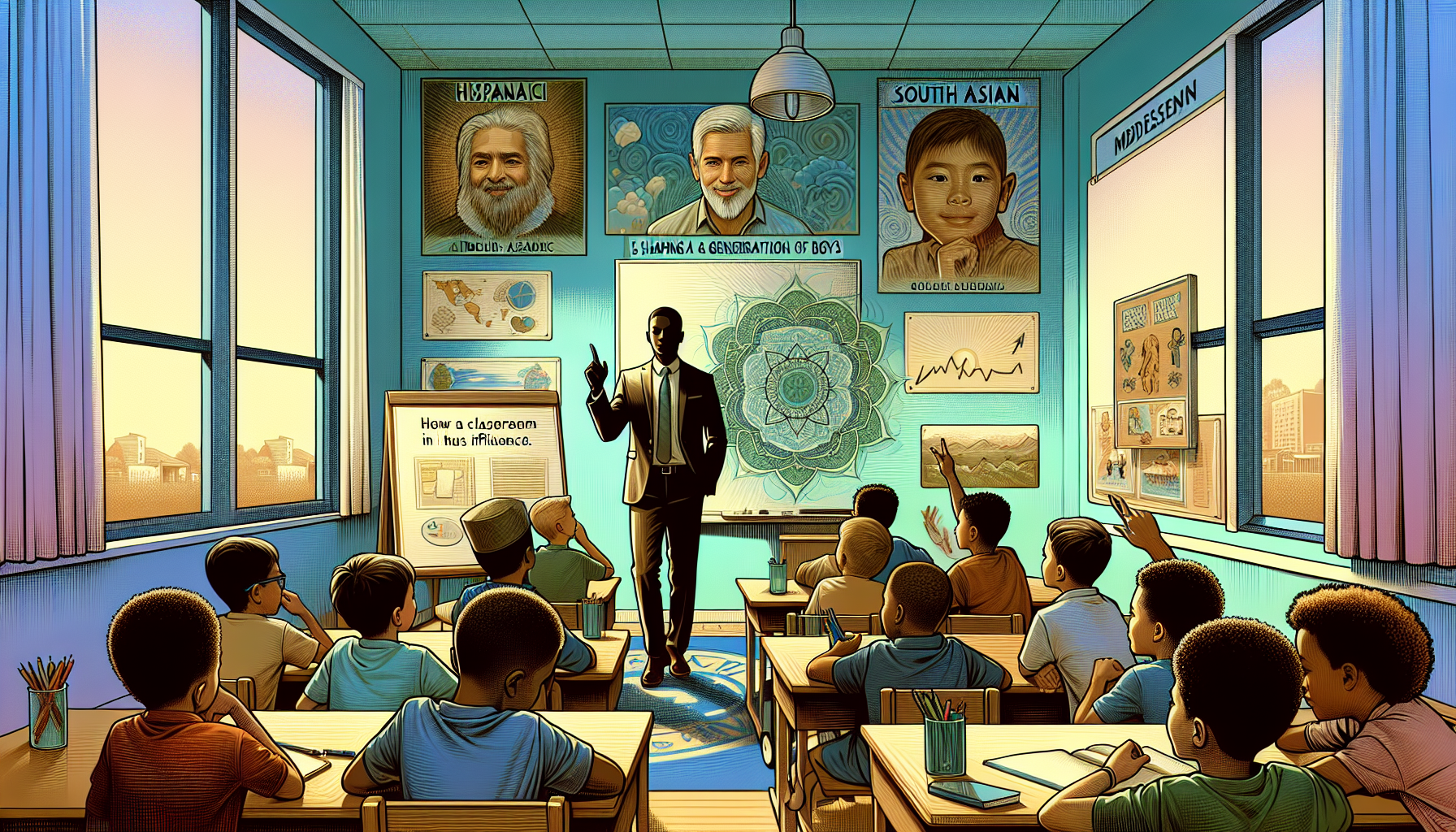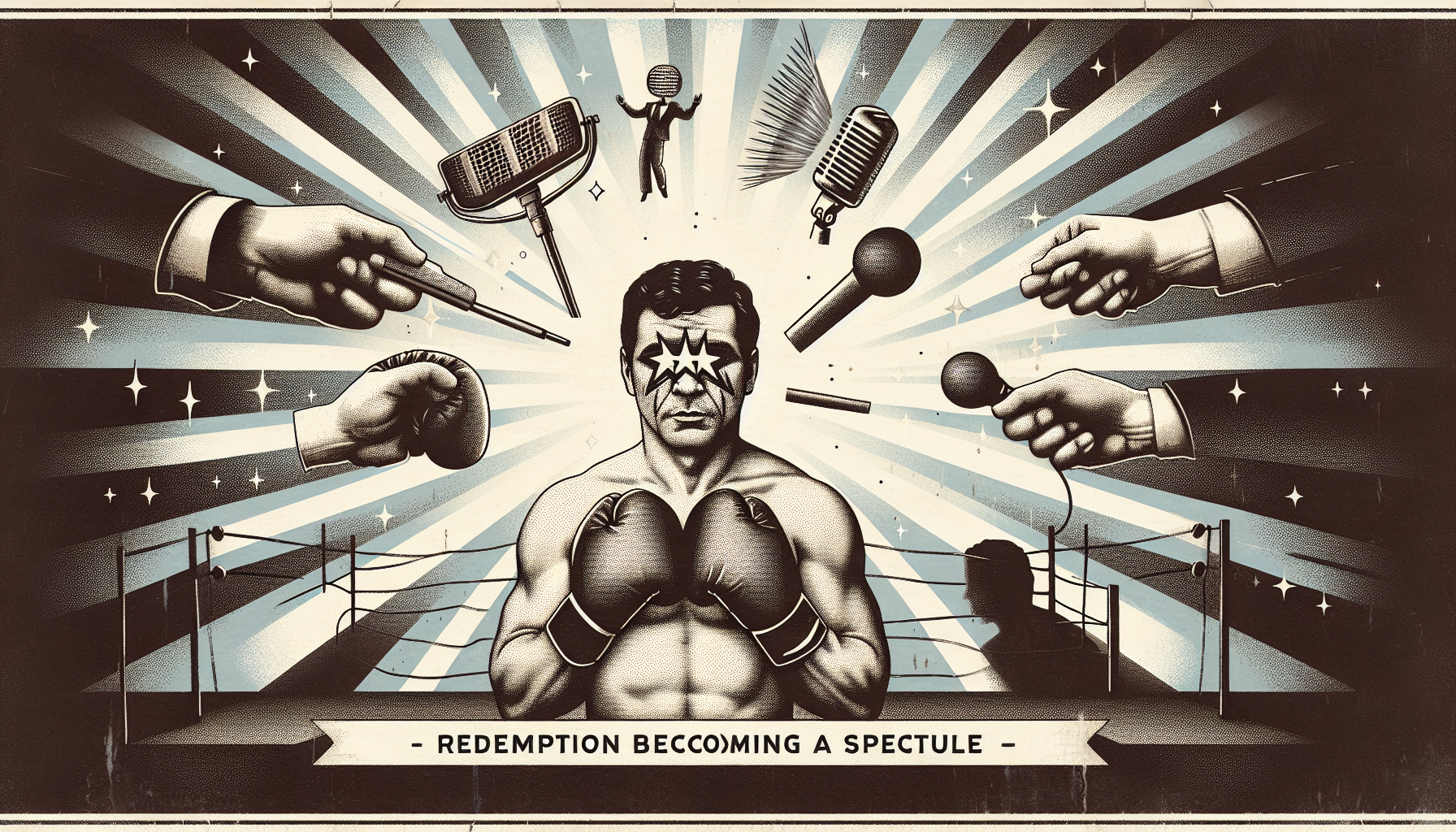Title:
Echoes in the Classroom: Andrew Tate, Schoolboys, and the Misogyny We Can’t Ignore
Dear readers,
There’s a chilling new archetype emerging in our classrooms—not in the form of a fictional villain or viral meme, but through real-life behaviours from schoolboys as young as ten. The source? A polarising influencer who built a palace of fame on fast cars, brash quotes, and the scaffolding of misogyny: Andrew Tate.
Once dismissed as a fringe internet provocateur, Tate now sits uncomfortably at the centre of a conversation that many educators wish they didn’t need to have. And yet, here we are. Teachers from across the UK are reporting what can only be described as a cultural contagion—one that’s morphing from pixels on screens into policies in school corridors.
Let’s peel back the layers of this troubling moment for what it really is: not just a case of bad behaviour, but a blurred reality in which boys are barking at female teachers and defending misogyny in persuasive essays—echoes of a digital empire that thrives on dominance.
The Rise of the "Digital Alpha”
The numbers tell a story that’s difficult to ignore. According to a nationwide survey by the NASUWT teaching union, nearly 60% of teachers believe social media has played a significant role in eroding student behaviour. And any teacher reading this will likely nod grimly in recognition.
One respondent at a Liverpool conference shared a disturbing anecdote: ten-year-olds refusing to speak to female teachers, claiming preference for male staff because “Andrew Tate says women can’t lead.” Another described pupils blocking female teachers from exiting classrooms, barking at them like dogs—an image so surreal, it would be laughable if it weren’t real.
This isn’t irony. It’s ideology, internalised.
From “Motivator” to Movement
Let’s be clear: Andrew Tate is not a one-man problem. He is a symptom and a salesman. A self-professed misogynist who cloaks oppressive views in the language of self-improvement. And like any adept marketer, he knows his audience—young, impressionable boys navigating a world where traditional masculinity feels increasingly interrogated.
He promises them power. Respect. Control. And TikTok, YouTube, and gamified algorithm gods make sure that message is heard on repeat.
It doesn’t stop at videos. It’s essays. It’s jokes in the lunch queue. It’s a growing resistance to equality being waved in the name of “free speech.” When a group of boys turns a school English assignment into a manifesto upholding Tate as the “GOAT” because “women are a man’s property,” it’s not a phase—it’s a philosophy.
Cultural Echoes on Screen and Off
Netflix’s Adolescence pierced through this narrative with surgical precision earlier this year, dramatizing how incel culture and digital bullying infiltrate the minds of modern youth. It was haunting because it felt familiar.
So familiar, in fact, that Prime Minister Keir Starmer invited the creators to Downing Street, even confessing that there’s “no simple solution” once boys are swept into a “whirlpool” of misogyny. Some might argue it’s not a whirlpool, but a pipeline—one paved in pixels, resentment, and mentorship by masculinised fame.
Reality Check: Who Carries the Burden?
Right now, that burden lies heavily on schools, teachers, and frontline staff. Patrick Roach of NASUWT said it plainly: “Teachers can’t be left to fight this alone.” And yet, that’s exactly what’s been happening.
Educators are overextended, battling virality with outdated textbooks and underfunded curriculums. How do you correct the bending of young minds toward extremism when the loudest voices in their lives aren’t in the classroom, but on their For You pages?
One pupil’s digital hero is another teacher’s daily nightmare. And unfortunately, it’s often the most vulnerable schools—with fewer resources, larger class sizes, and more socio-economic challenges—that feel the cultural quake hardest.
School as Battlefield: The High Cost of Silence
What was once a lecture hall is fast becoming a courtroom for gender politics, and female educators especially are paying the price. One teacher admitted to crying in the staff room after being mocked and dismissed by students citing Tate. Another spoke of physical intimidation tactics: “They'd crowd the doorway and block our exits. Then they’d laugh. It was a joke—to them.”
Yet, this isn’t just about women. Young boys who don’t fit the hyper-masculine mold are being ostracised, too. A slippery slope emerges where toxic masculinity is no longer a red flag—it’s the enrolment fee to feel “strong” in the chaos of teenage identity.
Where Do We Go From Here?
No algorithm will solve this for us. No single policy will press "undo" on digital radicalisation.
However, the government’s signals are at least a step forward. The Department for Education has pledged curriculum reviews and Online Safety Act enforcement. Resources have been promised. Resilience for young people is the new talking point in Westminster.
But resilience isn’t built in a vacuum—it’s built in community. A multi-agency alliance of schools, parents, policymakers, and tech companies has to rise now, not later. If social media gifted this issue to our classrooms, then those platforms must also play their part in resolving it.
A culture that amplifies misogyny can’t be countered with silence—it must be unlearned, outloud, in living rooms and assemblies alike.
Final Thoughts: Silence Isn’t Neutral
Dear reader, we live in a time where influence spreads faster than information—and certainly faster than wisdom. It’s tempting to dismiss actions like these as “just boys acting out.” But defence through indifference is how normalisation begins.
Every snarky comment, every blocked doorway, every essay praising a man who believes women are inferior—it all plants a seed. And if we don’t tend to the garden, we know all too well what grows.
Stay vigilant. Stay vocal. Education, like culture, is a battlefield in disguise.
Until next time,
—A Watcher of Classrooms & Culture

